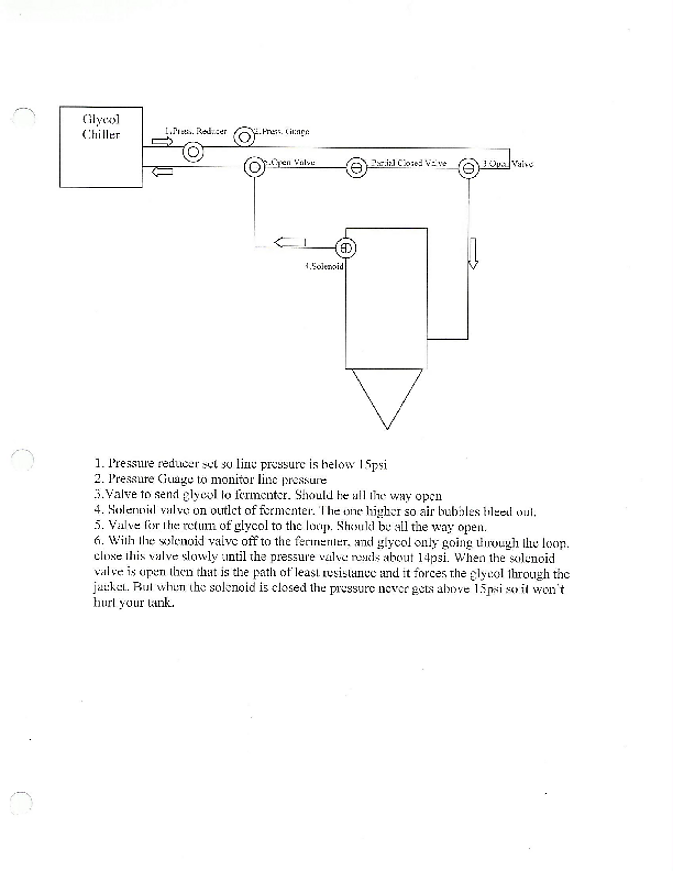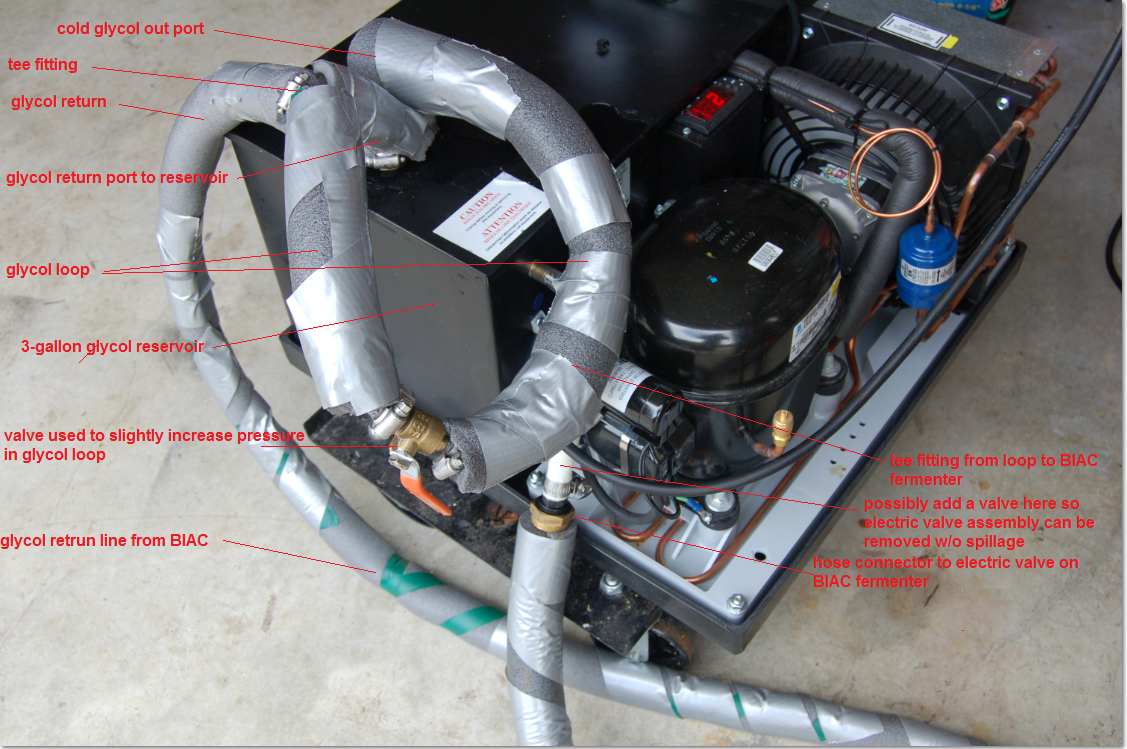PedroNeves
Member
- Joined
- Sep 20, 2017
- Messages
- 10
- Reaction score
- 0
It should work great. Just make sure you have enough btu's to handle all three running. With enough cooling capacity you should be able to cold crash.
Nice, i don't really now how many BTU's, but i will probably be running only 2 fermenter till January, so i think it should handle the job, if more power is needed i'll buy another unit in 3-4 months to handle more than 2 fermenters.
Do you know from the top of your head any formula to calculate BTU power?






